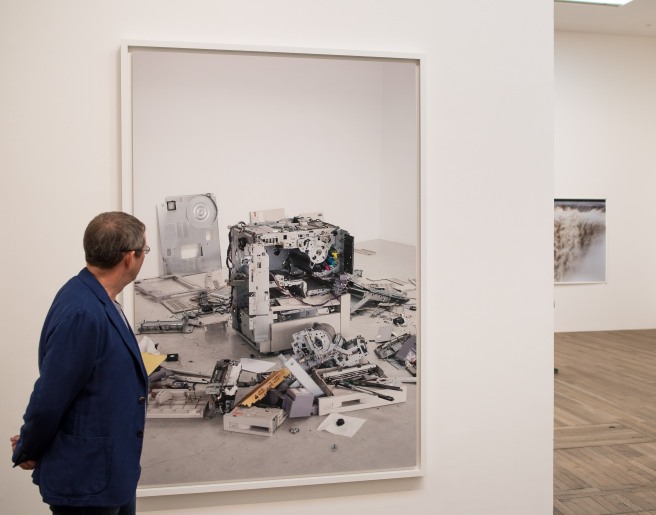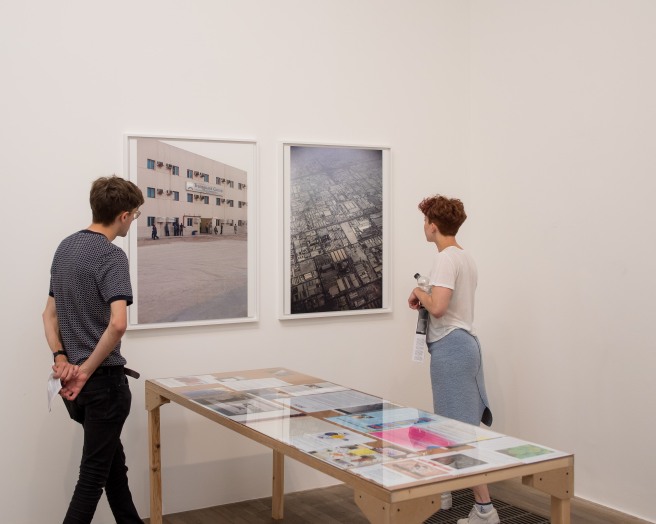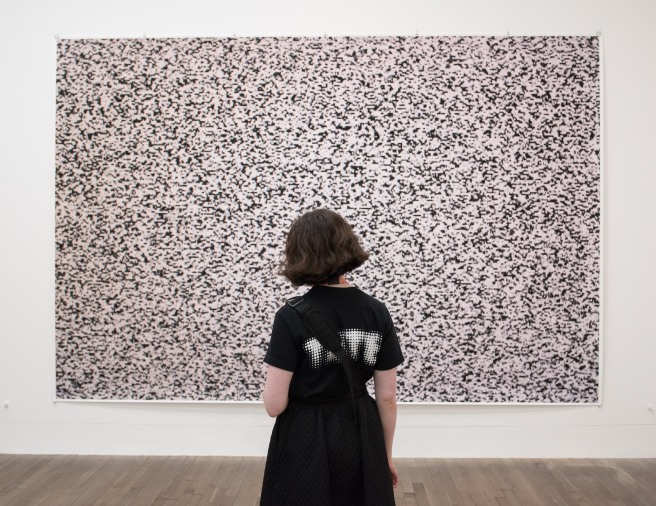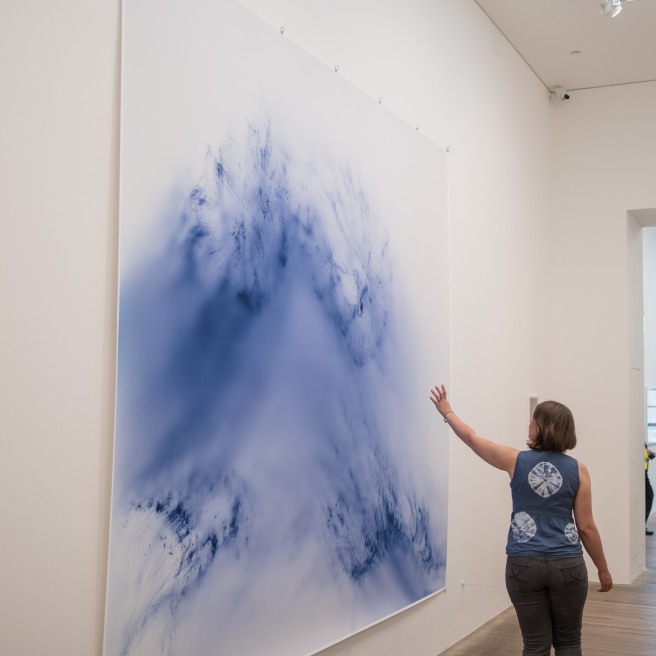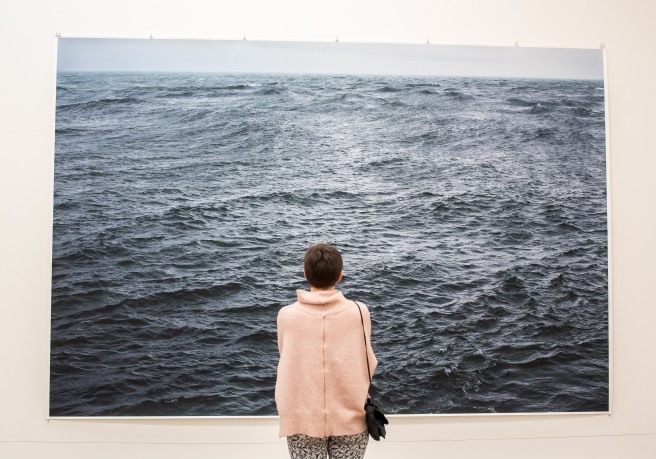On 29/6/2017 I visited the Zabludowicz Collection to see an exhibition intriguingly called: ‘You Are Looking at Something That Never Occurred’. I found it intriguingly titled because when I find myself looking at something with my eyes then surely it must have occurred? I found the exhibition to be very immersive and I felt there was a definite theme to what I was seeing.
In the exhibition introduction was a section about looking beyond the ‘decisive moment’ and onto alternative strategies to engage audiences who find the image so prevalent nowadays. Instead it proposed a slower approach to photography including appropriation, staging and manipulation of images. I was interested by the exhibition’s claim as I myself had been looking for alternative strategies to differentiate my images and was anticipative that there could be a few approaches which would help me to think about my own work in new ways.

A major impression I was left with when visiting the exhibition was the amount the artists on show tended to play with the photographic surface and our perceptions of it. Some examples of this were Sara Cwynar with Women, 2015 where she appropriated the rather famous Les Demoiselles D’Avignon, 1907 by Pablo Picasso and covered parts of it with her fingers. Not only did this create a new meaning to the work but also introduced an element of doubt for the viewer when it was rephotographed but with something (the artist’s fingers) between the photograph and the original artwork’s surface.

Another example was Erin Shirreff’s Signatures, 2011. Here Shirreff reduced her sculptures down to blocks of tone in her photographs of them but the feature which caught my eye in the photographs were the deliberate crease down the middle of the paper. In one photograph of a sculpture the crease is bent inwards while to is bent outwards with another photograph of a sculpture. This made me wonder whether this was intentional and if so whether it was a part of the work.

xxxxxxx, 2011 by Lucas Blalock creates a 3-dimensional looking photograph by ironically rubbing out using Photoshop the one thing in the photograph that would have given it a natural appearance of depth. It was a picture of a gingham backdrop with a plastic thing in front of it but he has since rubbed out the plastic thing. The rubbing out process created the 3-d effect on the fairly uniform gingham but Blalock sees this rubbing out process as not messing around with the photograph’s surface. Instead he is ‘not really thinking about manipulating an image as much as working in the sculptural space that the photograph proposes.’ – (Blalock, 2017). This interested me because I had always thought of image manipulation as being on the surface of that image.

Lastly, Wolfgang Tillmans experimented with creating the illusion that a flat surface had 3-dimenisonal objects coming out of it by curling the edges of a photographic print so that it appeared to be coming out of the flat surface on truth study centre Table XVIII, 2005 – (Tillmans, 2005). I noticed these images looked more 3-dimensional from certain angles inside the exhibition room it was presented in so I took my photograph of it from that sort of angle.

In other areas of the exhibition I was impressed by the large scale prints of Thomas Ruff and especially Andreas Gursky. Gursky’s Chicago Board of Trade II, 1999 impressed me because of the level of detail on a massive scale inside the Chicago board of trade taken from a high viewpoint. I wasn’t so sure about Jeff Wall’s installation: Still Creek, Vancouver, winter 2003, 2003. It was impressive in the light box but I couldn’t see much going on in the actual depiction of the scene apart from the graffiti on the walls leading up to the tunnel. When I learnt after the exhibition that he had previously shot the creek from a similar spot but with two children playing at the tunnel entrance many years previously, the installation made a lot more sense. It was almost as though Wall was appropriating his own work, allowing the viewer to imagine perhaps that the graffiti now present at the tunnel entrance had been put there by the children before. However, without seeing the previous shot from the similar spot, I wouldn’t have made the connection so I don’t think it worked as a singular piece of art.

Overall, I was pleased I visited the exhibition because it offered me the chance to see a lot of varied work by some contemporary photographers who’s process of photographing was much more deliberate. This suited my own style of photography somewhat I felt and there was a lot I saw I could learn from.

References:

